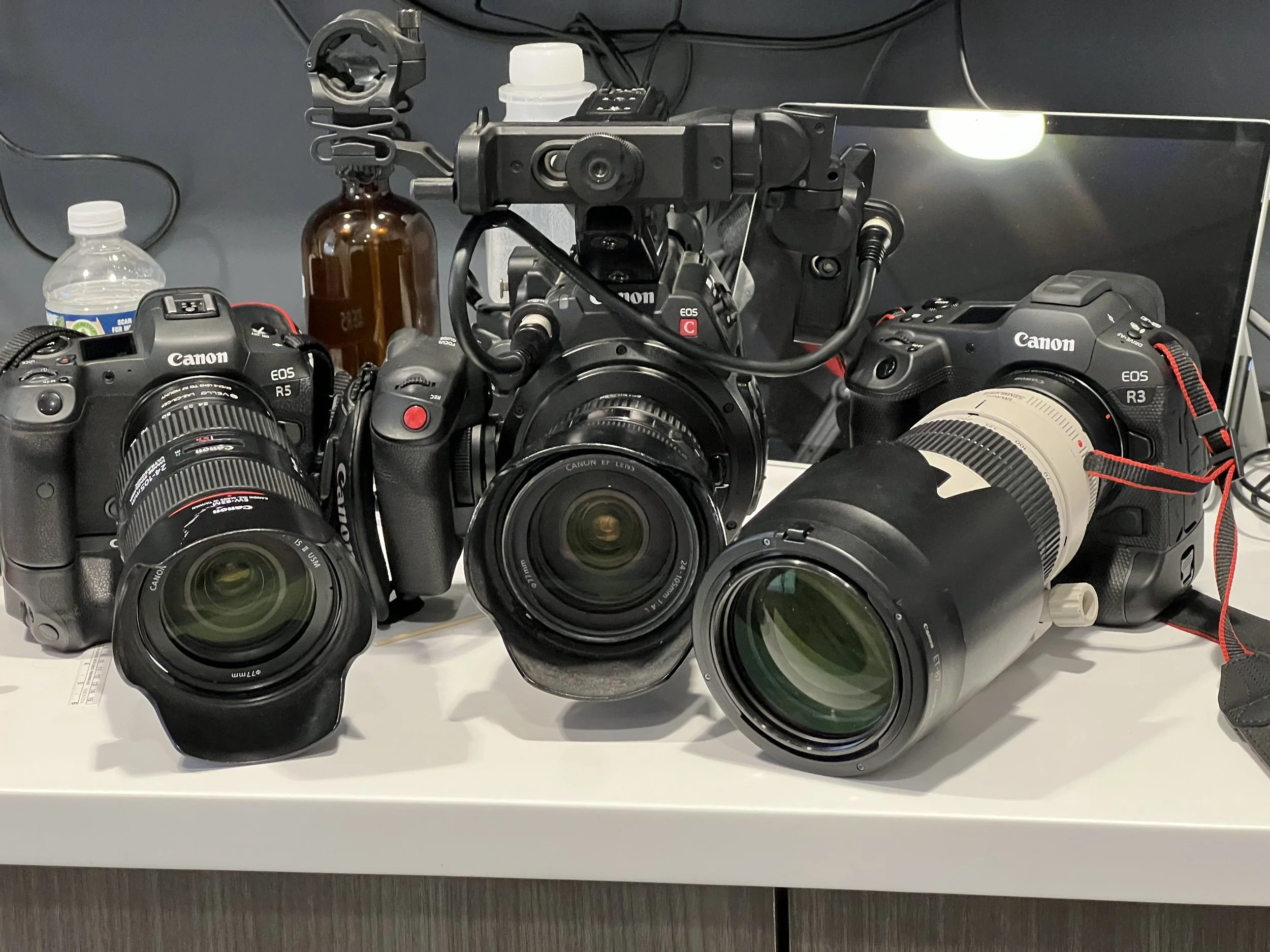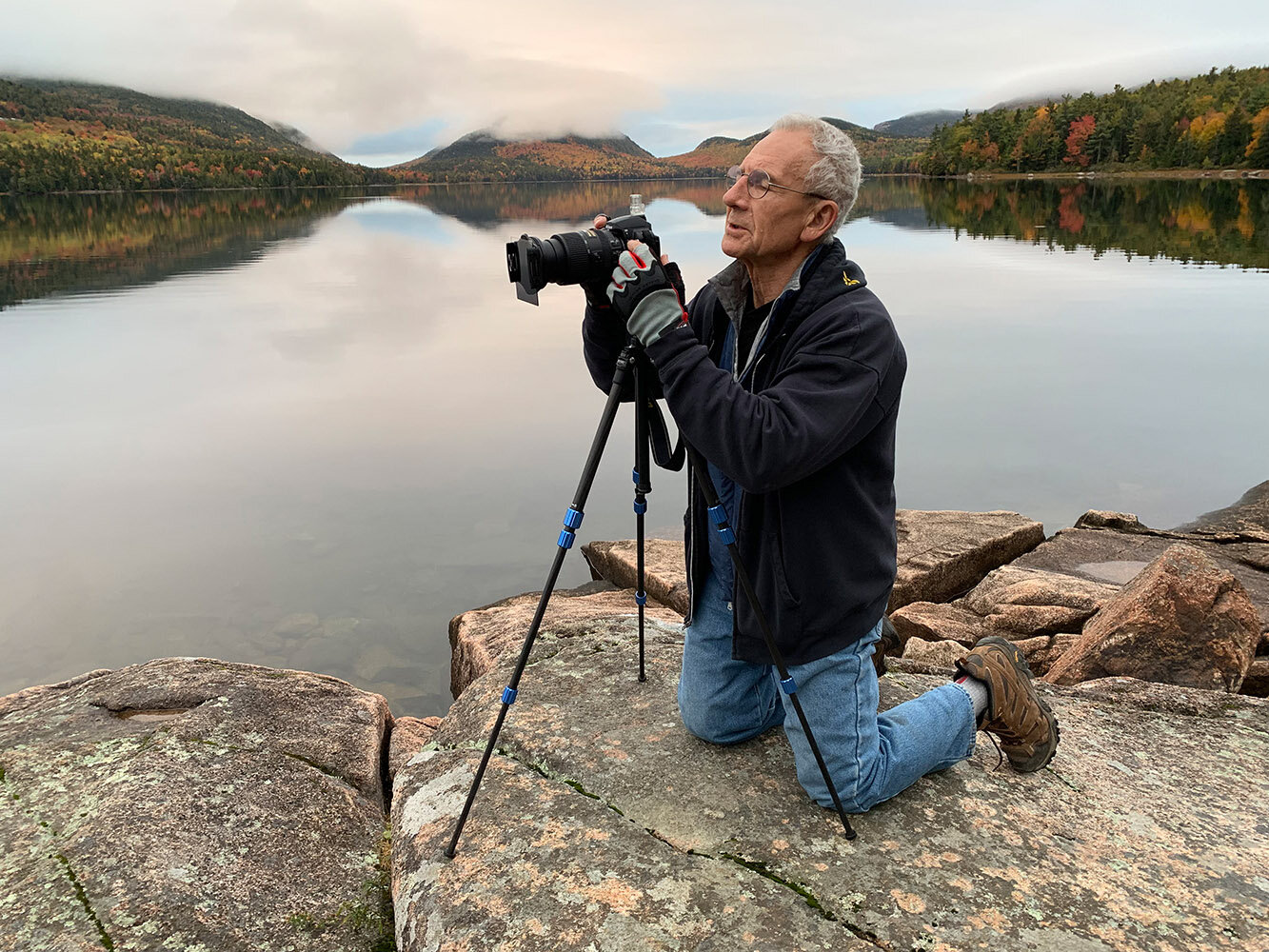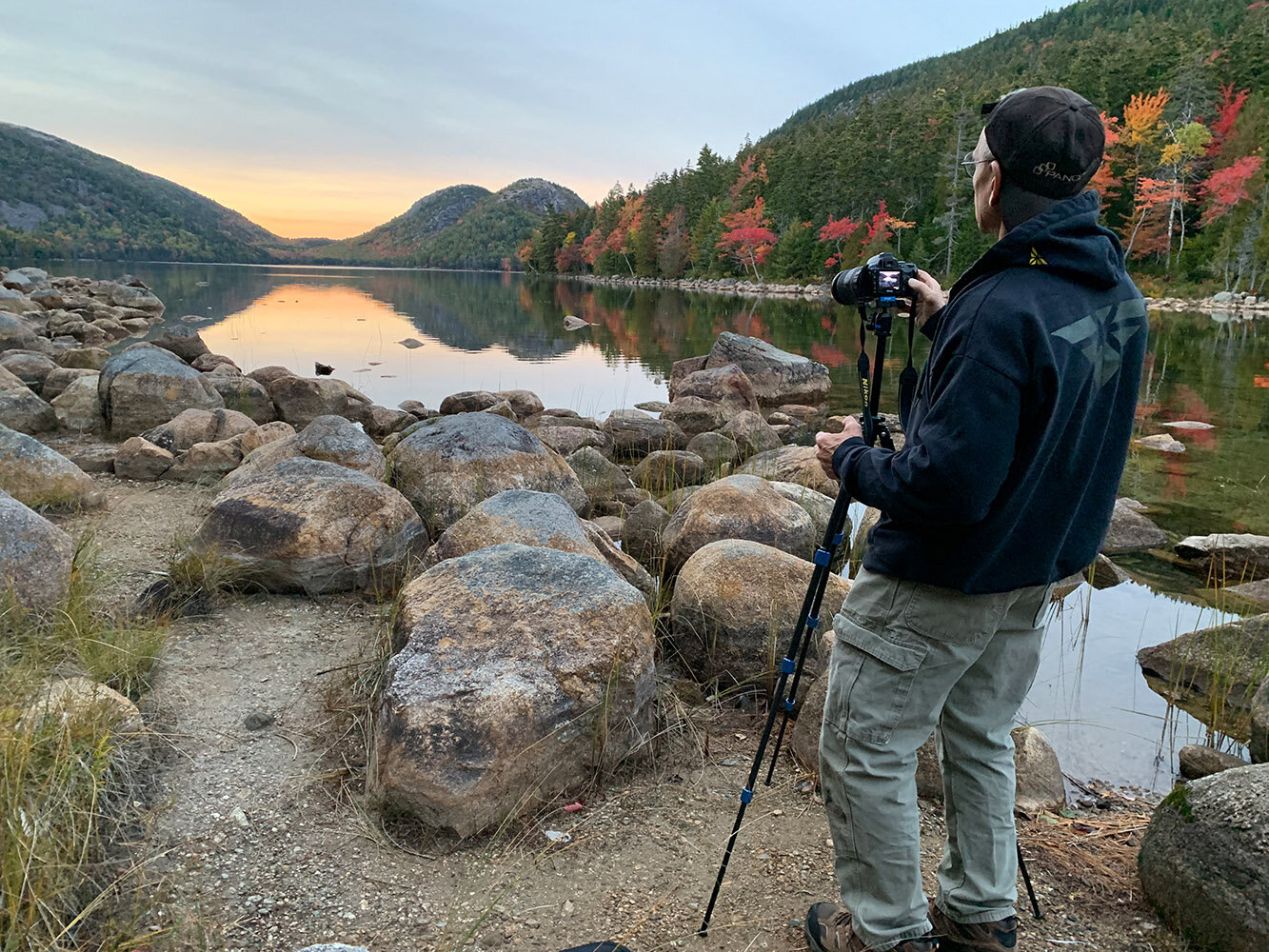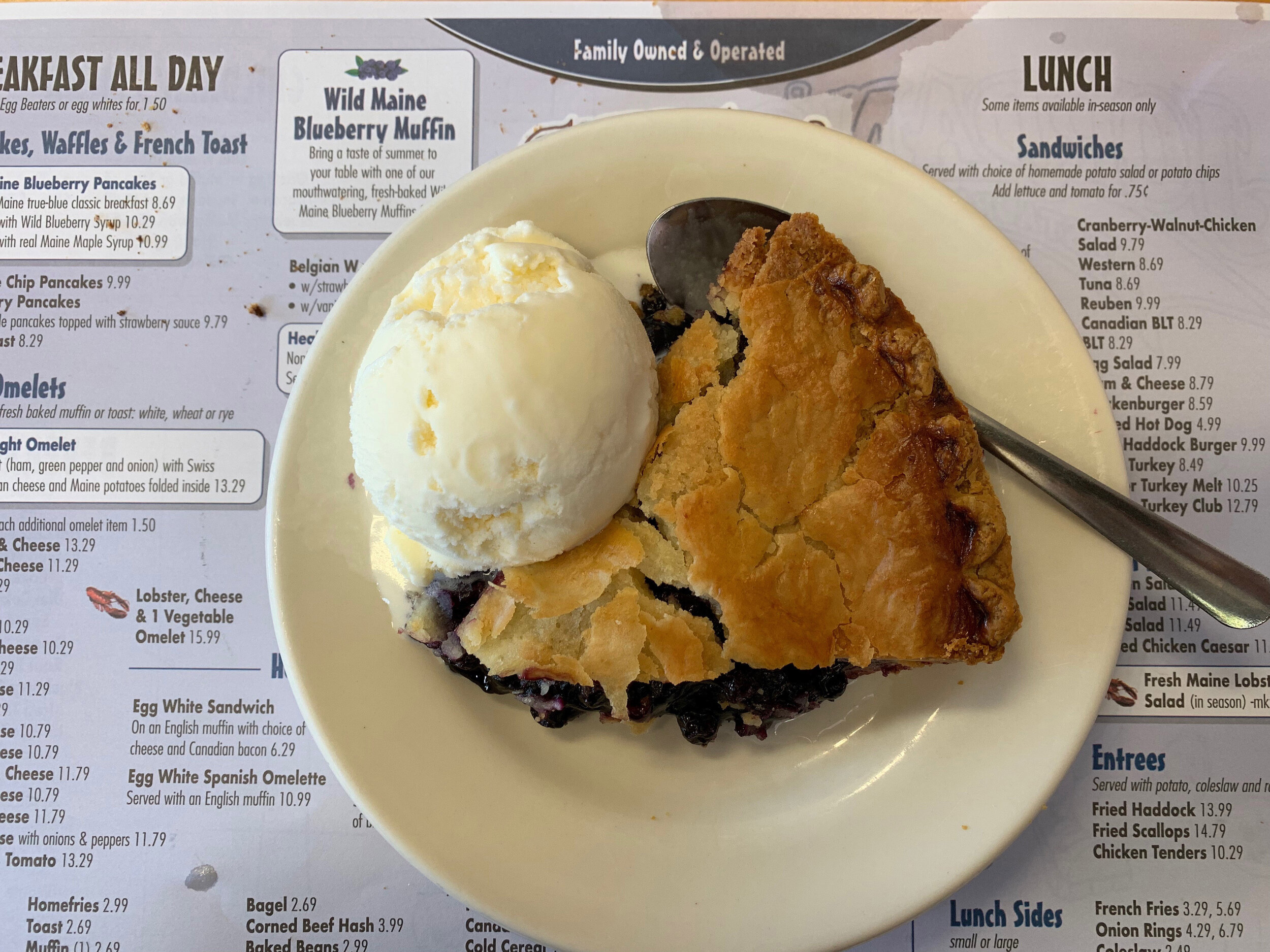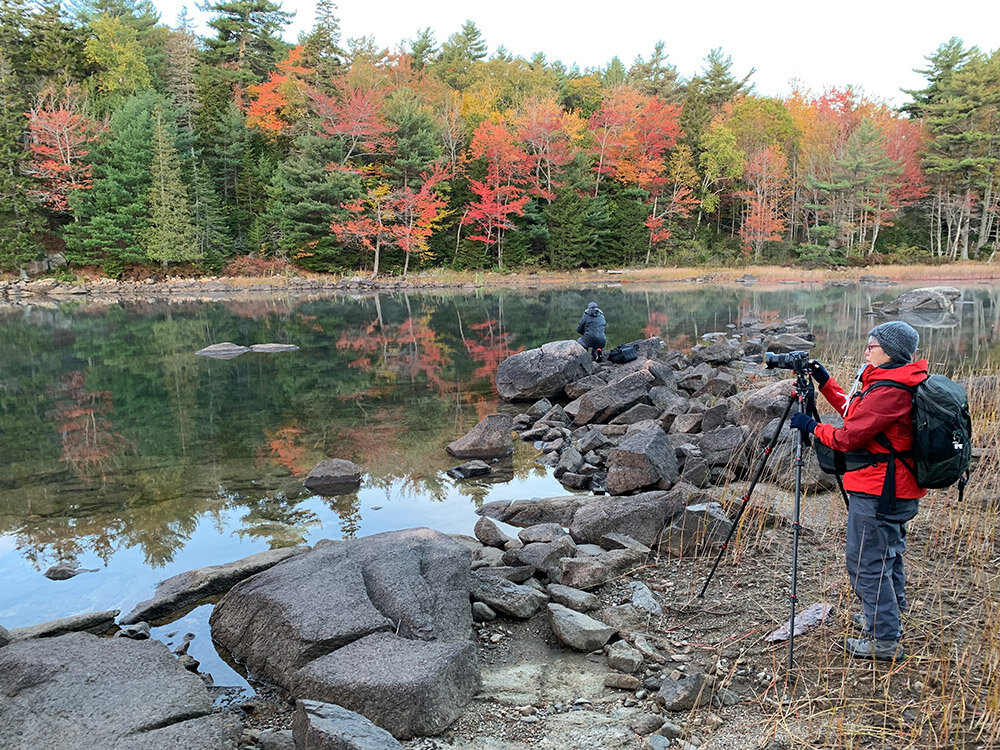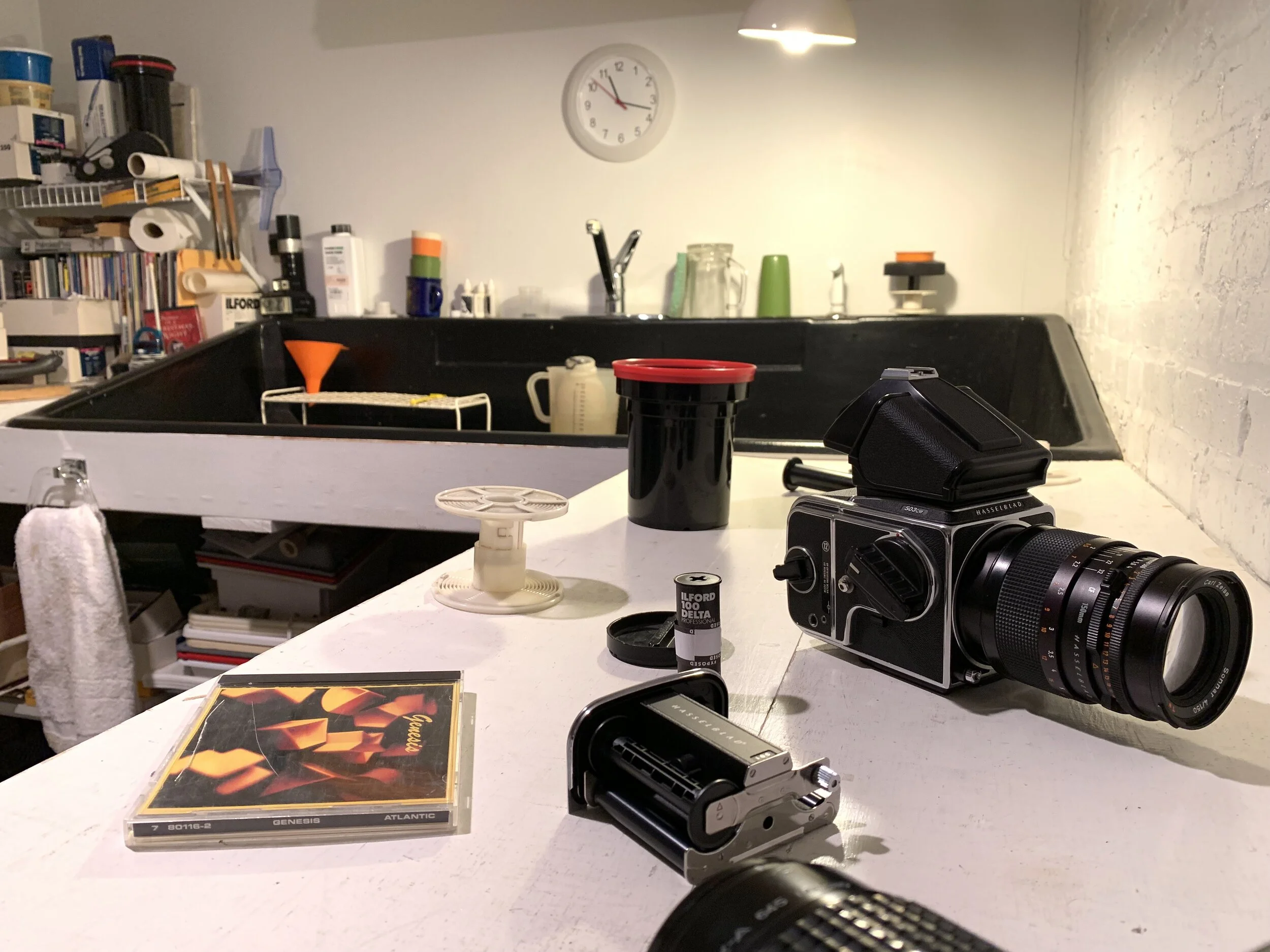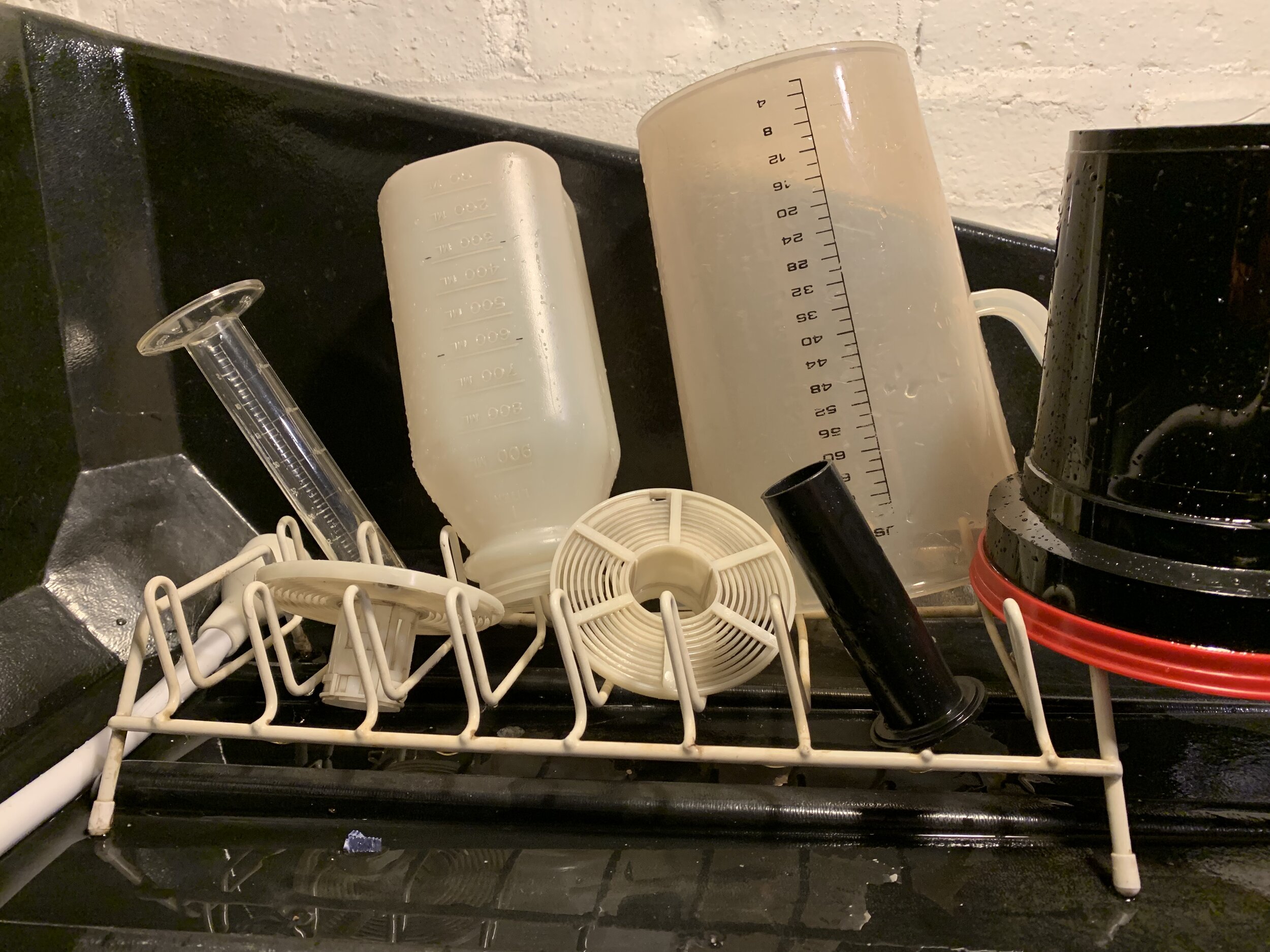The beauty of my job lies in the variety of work I do. One day I might be shooting videos for a healthcare client, and the next shooting college sports, and on another day teaching landscape photography. I thrive on that variety.
Last weekend, I was hired to shoot Winter Beauty at the nationally recognized Morton Arboretum. I spent four hours walking, hiking and driving in the 15 degree temperatures, but never really got cold… the adrenaline from a shoot usually warms me up. Apart from shooting many images on the ground level, I also brought along my drone to get some new and interesting angles.
Although I’ve been flying since 2017, I never tire of the unique perspective from a few hundred feet in the air. It was cool to see the bare trees deep in the woods, covered in snow but showing their stark bare branches. And my favorite shot… the small patch of trees in the middle of a field of snow. Can’t wait to do it again soon.

